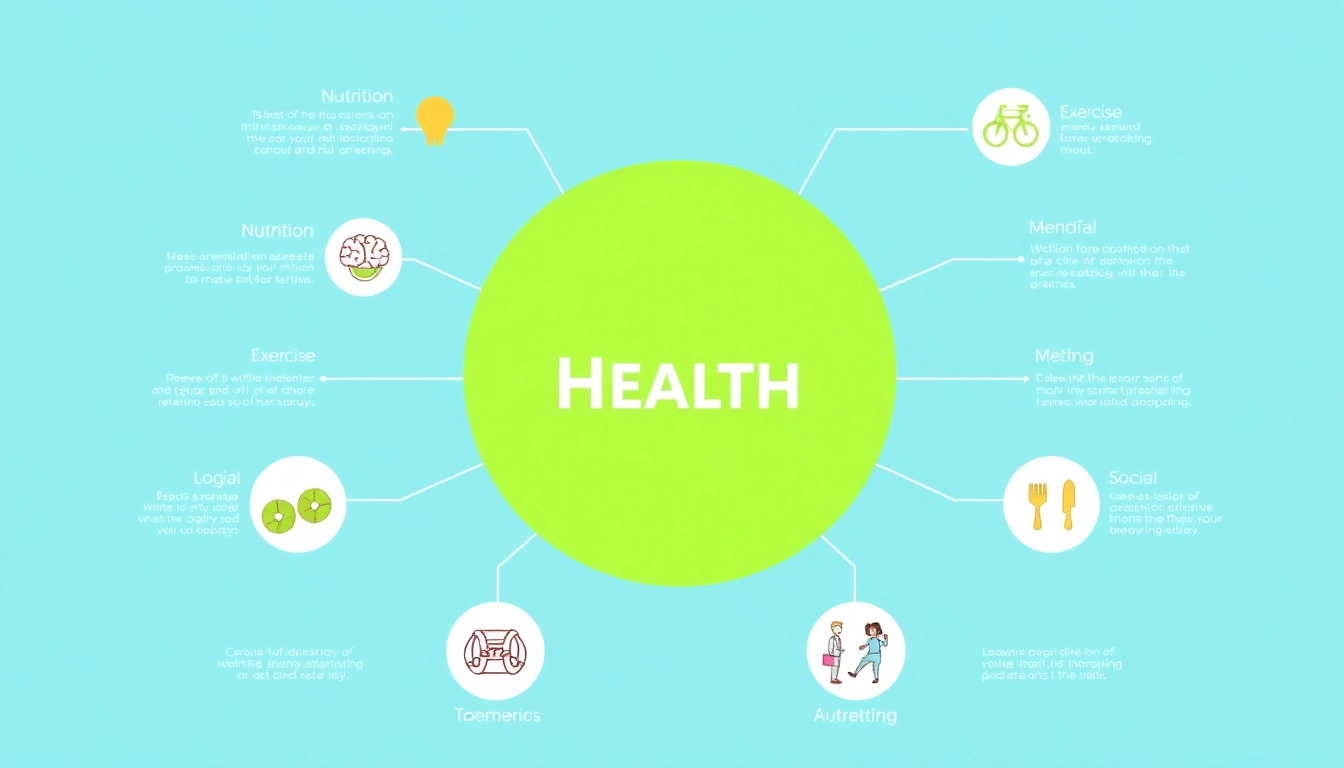Understanding Grief: What It Is and Its Phases
Defining Grief and its Emotional Impact
Grief is a multifaceted response to loss, primarily associated with the death of a loved one, but it can also encompass other significant losses such as the ending of a relationship, the loss of health, or the loss of a job. The emotional impact of grief can be profound and far-reaching, affecting not only the individual experiencing the loss but also their social circles and professional environments. If you’re navigating this challenging emotion, it can be comforting to know that dealing with grief is a universal experience, though each person’s journey is unique.
The Stages of Grief Explained
The grieving process is often categorized into stages, most commonly identified as denial, anger, bargaining, depression, and acceptance. This model, popularized by Elisabeth Kübler-Ross, outlines that:
- Denial: This first stage serves as a buffering mechanism, helping us cope with overwhelming emotions by temporarily blocking emotional pain.
- Anger: As the denial fades, the reality of the loss emerges, often resulting in emotional responses like anger—sometimes directed at oneself, others, or even the deceased.
- Bargaining: This phase involves negotiation for an extended life, or in the case of terminal illness, more time with a loved one. It is often marked by a sense of guilt.
- Depression: “I’m so sad, why bother with anything?” This phase is characterized by deep feelings of helplessness and hopelessness.
- Acceptance: In this final stage, individuals come to terms with mortality or loss, finding a new normal and living with the changes.
Understanding these stages can facilitate navigating through the intense emotions and finding a pathway to healing.
Common Myths Surrounding Grief
Several myths exist surrounding grief that may hinder the healing process. Some common misconceptions include:
- Grief follows a set timeline: Many believe that grief has a defined timeline, usually based on Kübler-Ross’s model, but individual experiences can vary widely.
- All grief is visible: People often think grieving should look the same for everyone; however, some individuals experience grief quietly, minimized to personal coping mechanisms.
- Time heals all wounds: While time is a factor, it is how one engages with their grief that determines healing. Avoiding grief can lead to prolonged suffering.
Coping strategies should acknowledge these myths to provide more tailored and empathetic support.
Identifying Different Types of Grief Experiences
Anticipatory Grief: Preparing for Loss
Anticipatory grief occurs before an impending loss, such as when a loved one is diagnosed with a terminal illness. This type of grief encompasses a complex mix of emotions, including fear, sadness, and even relief, as individuals prepare emotionally and logistically for loss. Recognizing anticipatory grief is crucial as it can affect the quality of time spent with the loved one and influence how one processes the eventual bereavement.
Complicated Grief: When Grief Becomes Overwhelming
Complicated grief, or prolonged grief disorder, arises when normal grief becomes incapacitating. Symptoms may include intense longing for the deceased, difficulty reintegrating into everyday life, and a persistent sense of despair. Individuals experiencing complicated grief might find it challenging to move forward, needing specific interventions to guide effective coping mechanisms.
Delayed Grief: Recognizing Signs Later
Delayed grief occurs when emotional responses to loss are postponed, often surfacing after a significant period. This can happen when individuals do not allow themselves to grieve due to societal expectations, personal beliefs, or fear of emotional exposure. Recognizing delayed grief is critical because the feelings may resurface unexpectedly, often triggering depression or anxiety. Support from friends or professionals can aid individuals in this challenging process.
Healthy Coping Mechanisms for Dealing with Grief
Support Networks: Building a Community
Establishing a social support system is vital when dealing with grief. Connecting with family, friends, or support groups allows individuals to express emotions and share experiences, alleviating feelings of isolation. Oftentimes, those who have gone through similar experiences can provide insight and understanding that is especially comforting. Group settings can often facilitate healing through shared stories and offer various coping strategies.
Self-Care Practices: Prioritizing You
Care for oneself is paramount during the grieving process. Prioritizing basic needs—such as adequate sleep, proper nutrition, and regular physical activity—can significantly affect one’s emotional state. Engaging in self-care activities, from exercise to meditation, promotes emotional resilience. Moreover, simple practices like engaging with nature, maintaining a hobby, or volunteering can offer temporary relief and a sense of purpose during such challenging times.
Professional Help: When to Seek Therapy
While self-help strategies can provide relief, engaging the assistance of a mental health professional may be required, particularly when grief persists or intensifies. Therapy can provide techniques to address overwhelming emotions, while group therapy offers a communal healing avenue. Professionals can help individuals reframe their grief experience and develop adaptive coping mechanisms that facilitate long-term recovery.
Practical Steps to Navigate the Grieving Process
Coping with Grief on a Daily Basis
Daily coping with grief involves practical representations of emotional expressions. This might mean dedicating time each day for reflection, whether through quiet contemplation or scheduled periods for discussing feelings with trusted companions. Creating a routine can offer a sense of normalcy amid chaos, allowing the bereaved to slowly re-establish confidence in their daily activities.
Journaling: Expressing Your Emotions in Writing
Journaling serves as a powerful outlet for the expression of grief. Writing about feelings can help individuals clarify thoughts and process emotions, making tangible the often intangible nature of grief. Starting with simple prompts or reflections on one’s day can ease entry into this practice, ultimately allowing for deeper expression and coping.
Creating Rituals: Honoring Your Loss
Establishing rituals can be instrumental in coping with grief. Commemorating anniversaries, lighting candles, creating memory boxes, or engaging in activities that remind one of their lost loved one can help in processing emotions and embracing memories. These rituals not only honor the deceased but also create a personal space for the bereaved to express affection and remembrance.
Long-Term Strategies for Healing from Grief
Adapting to Life After Loss
Adjusting to a new life without a significant person requires time and patience. It involves recognizing changes in daily routines and embracing newfound independence. This adaptation can mean seeking new hobbies, building new relationships, or refocusing on personal goals that were perhaps set aside during the time of grief.
Finding Purpose: Channeling Your Grief into Growth
Many individuals find that channeling their grief into meaningful activities fosters a sense of purpose. Whether it involves volunteering, advocacy work, or creating art, finding a way to translate grief into constructive action not only honors the memory of the deceased but also aids the grieving person in achieving personal growth and reflection.
Supporting Others: Sharing Your Journey
Once an individual has navigated their grief journey, sharing experiences with others can be a therapeutic process. Whether through formal support groups or casual interactions, helping others understand and cope with their grief can reclaim some power over personal pain. The act of supporting others cultivates community and reinforces the shared experience of loss, proving that healing can happen collectively.



